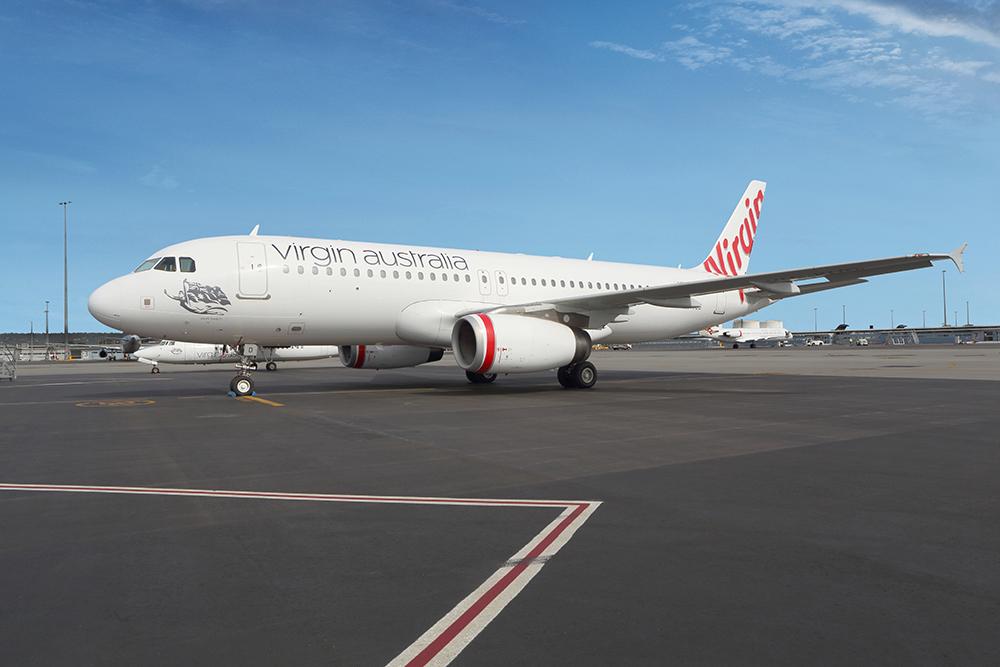
More than 70% of the world’s commercial aircraft were back in service as summer ended, leaving nearly a third to be torn down or returned to service. Many of the aircraft still to return are among the most valuable: widebody passenger planes still grounded by the slow recovery in international traffic. Therefore, it is worth paying close attention to how aircraft should get back in shape as domestic recovery continues and international demand eventually picks up.
As a domestic carrier in Australia, Virgin Australia has been through sharp ups and downs in its fleet deployment. Keith Fernandes, manager of fleet engineering, discussed some lessons learned in getting aircraft back to flying with participants in IATA’s recent Maintenance Cost Conference.
Fernandes first reviewed the special challenges of the groundings in early 2020: these groundings were sudden, and European and Australian airlines often had to park aircraft in humid, salty environments. Mechanics had to be furloughed and consumables were hard to get.
Despite difficulties, Virgin chose to maintain its aircraft in continued airworthy condition, keeping up with scheduled inspections and adjusting maintenance for OEM or regulatory updates, plus modifying maintenance for parked aircraft. For example, engines and APUs were run far more frequently than required, fuel was tested frequently and biocides were used with careful attention to mix ratios.
To return aircraft to service, de-preservation guides in aircraft maintenance manuals had to be followed. Virgin had to ensure that hardware and software configuration met requirements, and that parts which had been removed for storage and cannibalized for other aircraft were replaced. Software updates, such as new terrain databases, had to be made.
Beyond manual requirements, Fernandes also wanted to optimize maintenance for the return to service. This optimization involved operational checks on engine cowl thermal anti-ice, bleeds, and isolation and pack valves. Lights were checked inside and out, in cockpits and in emergency devices. Cabins were made ready by deep-cleaning carpets, furnishings, galley equipment and lavatories. Aircraft also received external washes.
The last step in the return was to validate that all work had been done properly. Virgin double-checked its maintenance providers’ capabilities and re-inspected primary and secondary flight controls, including spoilers, speed brakes, flaps and slats.
Next came extensive pre-flight checks of critical systems and alternate or standby systems. Then, Virgin conducted both a full thrust take-off and a shake-down non-revenue flight of each aircraft.
Fernandes describes these validation steps as more like an inspection of a newly delivered production aircraft than the usual post-maintenance inspection.
One return challenge was that COVID-19 had handicapped the certification and training of mechanics, especially for new tasks required by de-preservation. “But the largest problem was massive lead times, not just for parts but repairs,” Fernandes remembers. Some component shops were so crippled by the pandemic that a 15-day turnaround time could extend to 60 days.
Other lessons from return to service of long-parked jets include expecting corrosion of spoiler cables and leaks from landing gear scraper rings, which will need lubrication and cleaning. Fernandes recommends analyzing post-operation defects and developing preventive actions for them.
Like some European airlines, Virgin is going through a choppy recovery. All its aircraft were flying on domestic routes by June 2021, but two Australian states went into lockdown, which reduced demand, so the airline had to partially ground its fleet once more. This time, Virgin put the unneeded jets into what Fernandes calls “lazy flight.” They operate every 13 days.
Return-to-service challenges will differ by airline, circumstances, aircraft and other factors. IATA has now published several editions of its “Guidance For Managing Aircraft Airworthiness for Operators During and Post Pandemic,” based on airlines’ experience, best practices and lessons learned.
IATA’s lessons learned largely parallel those of Virgin. Airlines should consider high-power engine runs before a first flight to check bleed valves. Anti-ice systems should be tested. Extensive operational checks of avionic, electrical, standby and alternate systems should be considered. Particular attention should be paid to possible bird and insect nesting cavities. Water boilers, ovens, faucets and lavatories should be examined, and all flight controls should receive operational checks in all normal and alternate modes of operation.





